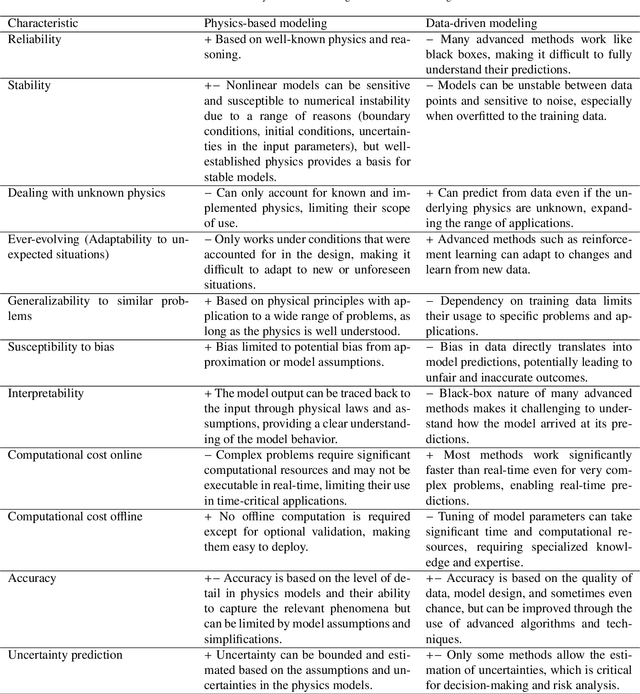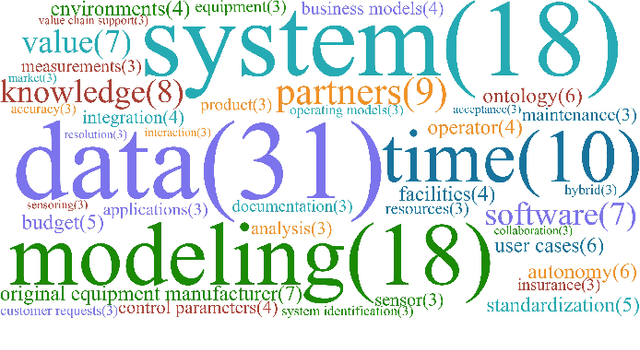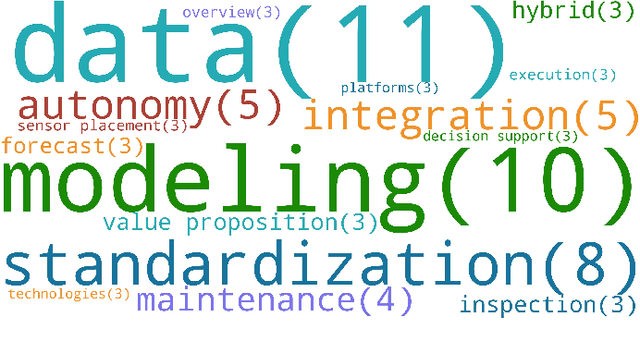Digital Twins in Wind Energy: Emerging Technologies and Industry-Informed Future Directions
Paper and Code
Apr 16, 2023



This article presents a comprehensive overview of the digital twin technology and its capability levels, with a specific focus on its applications in the wind energy industry. It consolidates the definitions of digital twin and its capability levels on a scale from 0-5; 0-standalone, 1-descriptive, 2-diagnostic, 3-predictive, 4-prescriptive, 5-autonomous. It then, from an industrial perspective, identifies the current state of the art and research needs in the wind energy sector. The article proposes approaches to the identified challenges from the perspective of research institutes and offers a set of recommendations for diverse stakeholders to facilitate the acceptance of the technology. The contribution of this article lies in its synthesis of the current state of knowledge and its identification of future research needs and challenges from an industry perspective, ultimately providing a roadmap for future research and development in the field of digital twin and its applications in the wind energy industry.
 Add to Chrome
Add to Chrome Add to Firefox
Add to Firefox Add to Edge
Add to Edge